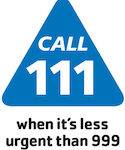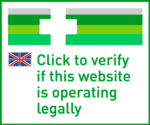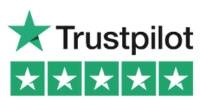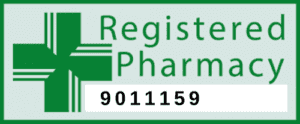- 01493 600610
- Mon - Fri: 9:00 - 17:00
What causes the earwax to build up?
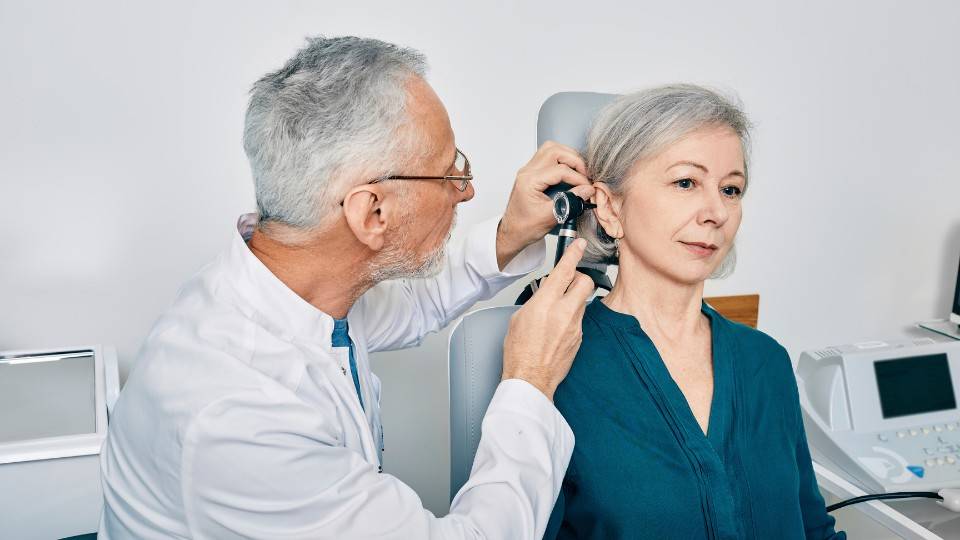
What causes the ear wax to build up?
Before we discuss the causes of ear wax build-up and how to remove them, let’s talk about the basics of ear wax.
What is ear wax?
Ear wax is a natural waxy substance produced by glands.
Earwax is a helpful and natural part of our body’s defense. It cleans, lubricates, and protects our ear canal by trapping dirt and slowing the growth of bacteria which helps to prevent infections.
The absence of ear wax may result in dry, itchy ears, and even infection. Ear wax is formed in the outer third of the ear canal.
Earwax doesn’t usually cause problems, but if too much earwax is produced it can cause a blockage which can be painful or could cause hearing loss.
What causes the ear wax to build up?
You can have excessive earwax build up and harden by:
- Overproduction of wax in response to trauma or blockage within the ear canal.
- Narrowing of the canal resulting from infections or diseases of the skin, bones, or connective tissue
- You have hairy or narrow canal
- Production of a less fluid form, more common in older persons due to aging of the glands that produce it).
- Things we put into the ears, eg, hearing aids, earphones, cotton buds, swabs, Q-tips, hairpins, or keys.
What are the symptoms of wax build-up?
- Pain
- Itching in the ear canal or around the ear
- Irritation
- The feeling of fullness in the ear
- Decrease or loss of hearing
- Dizziness
- Ringing or noises in the ears (tinnitus)
- Reflex cough
Does ear wax clean naturally?
Most of the time our ear canals clean themselves; as we talk, chew, and move our jaws the earwax and skin cells slowly move from the eardrum to the ear opening where it usually dries and falls out.
Do not attempt to dig out excess or hardened earwax with a paper clip, a cotton swab, or a hairpin. You may push the wax farther into your ear and cause serious damage to the lining of your ear canal or eardrum.
What medicines or products can I buy to remove earwax safely at home?
- Soften the wax. Use olive oil in your ear canal.
- Use warm water. After a day or two, when the wax is softened, use a rubber bulb syringe to gently squirt warm water into your ear canal. Tilt your head and pull your outer ear up and back to straighten your ear canal. When finished irrigating, tip your head to the side to let the water drain out.
- Dry your ear canal. When finished, gently dry your outer ear with a towel or hand-held dryer.
You may need to repeat this wax-softening and irrigation procedure a few times before the excess earwax falls out. However, the softening agents may only loosen the outer layer of the wax and cause it to lodge deeper in the ear canal or against the eardrum. If your symptoms don’t improve after a few treatments, see your doctor or ear care clinic.
Earwax removal kits available in stores also can be effective at removing wax buildup. Ask your doctor for advice on how to properly select and use alternative earwax removal methods.
How to prevent ear wax build-up?
You can’t prevent earwax. It produces to protect your ears from dirt and germs.
But you can keep using ear drops to soften the wax. This will help it fall out on its own and should prevent blocked ears.
Is ear candling safe?
Ear candles are marketed as an easy solution for people wanting to get rid of their wax. The technique involves placing a lit, hollow cone-shaped beeswax candle in the ear. This is supposed to draw the wax, and other impurities, out of the ear.
Research has shown that not only is ear candling ineffective at removing earwax, but it can be dangerous. It can burn the face and ear, it can leave wax in the canal, and it can also puncture the eardrum.
Ear candling involves placing a hollow candle (made from a fabric tube soaked in beeswax) in the ear canal and burning it, with the goal of creating a suction force for the removal of wax from the ears. According to the American Academy of Otolaryngology-Head and Neck Surgery, ear candling or ear coning is not considered a safe option for ear wax removal. Studies have shown that the procedure does not create a vacuum that can remove the wax effectively, and the wax left inside the candle is from the candle itself, not from the ear. The procedure also carries health risks that include burns to the ear canal, the development of new blockage of the canal from the candling wax, ear infection, and perforation of the eardrum.
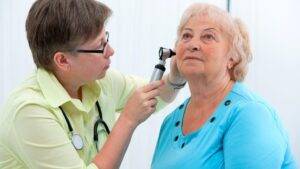
Do GP practices remove ear wax?
Not all GP practices remove earwax. Some do:
- flush the wax out with water (ear irrigation)
- suck the wax out (microsuction)
These treatments are usually painless. You might have to pay to have them done privately.
Is ear syringing better than microsuction?
Ear irrigation/ ear syringing:
If you have a persistent problem with earwax your GP may recommend ear irrigation, also known as syringing. This technique involves using a tool to push a pressurised flow of water into the ear canal to dislodge the wax.
However, although this may remove the wax, it can sometimes be painful and may even damage the eardrum.
Microsuction:
Some clinics can perform microsuction to remove earwax.
During this procedure, a clinician will use a microscope to look into the ear canal and a very tiny suction device to suck out the wax.
This technique can be a very safe and effective way to removing persistent blockages.
Private ear wax removal:
OnlineChemist at Middleton Road, Great Yarmouth, Gorleston offers private earwax removal by ear syringing.

Online Chemist
82 Middleton Road
Gorleston
Great Yarmouth
Norfolk, NR31 7AH
Phone: 01493 600610
Mobile: 07852317538
Email: onchemuk@gmail.com
Click here for driving directions
OPENING HOURS
Monday 09:00 – 17:00
Tuesday 09:00 – 17:00
Wednesday 09:00 – 17:00
Thursday 09:00 – 17:00
Friday 09:00 – 17:00
Saturday Closed
Sunday Closed
Company
- FAQs
- Blog
- Practice leaflet
- About us
- Contact us
- Terms & conditions
- Privacy policy
Get in Touch
Check the Registration Status:
Pharmacy Premises
Superintendent Pharmacist
Follow us
Online Chemist is a trading name of Nomaz Limited, Registered in England, 11349276. © All rights reserved.
Superintendent Pharmacist: Obaidullah Zaman BPharm, MPharm, PGDip (Pharmacy), MRPharmS; Superintendent GPhC Reg. Number: 2083409;
Pharmacy Premises GPhC Reg. Number: 9011159


